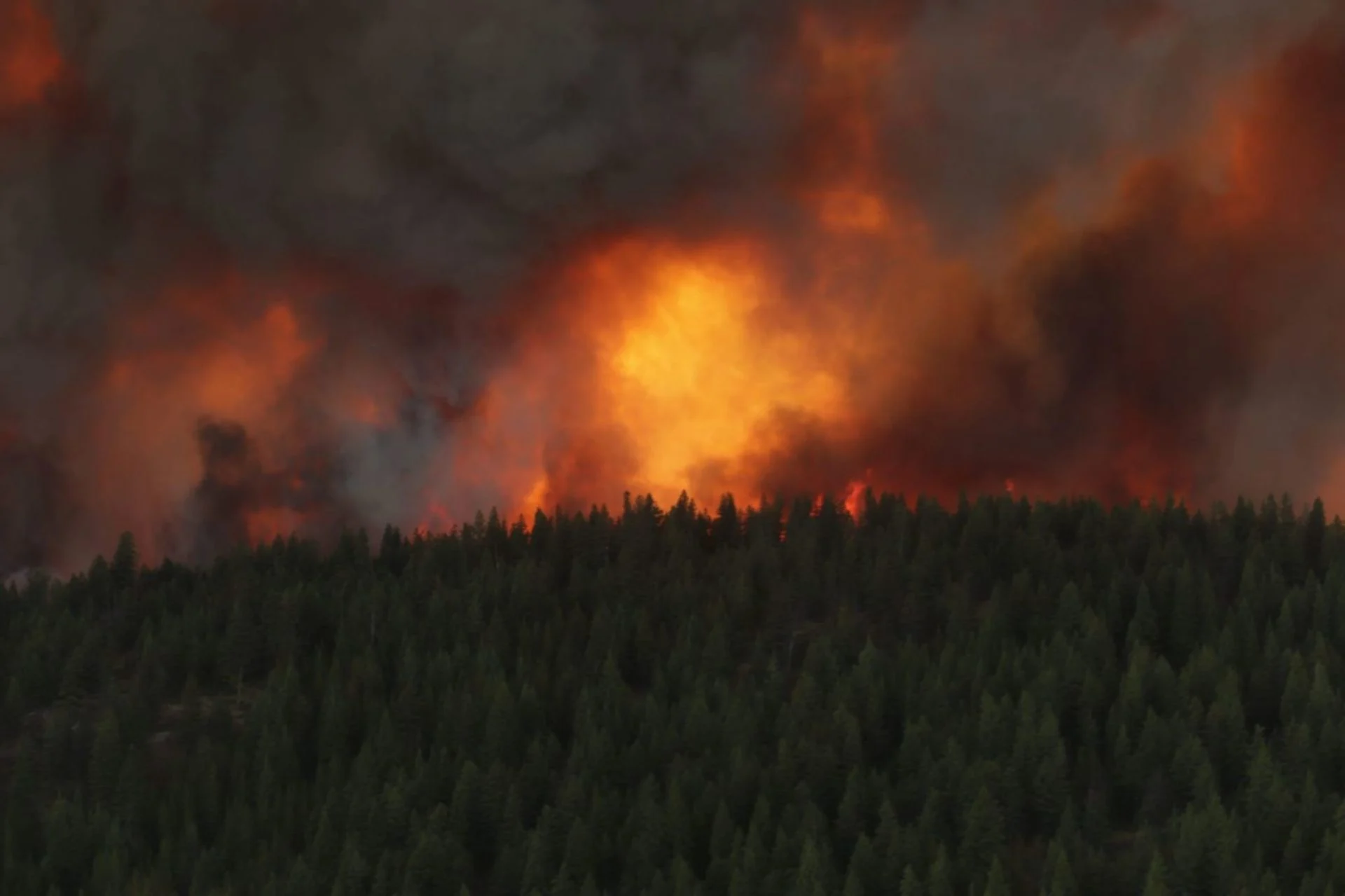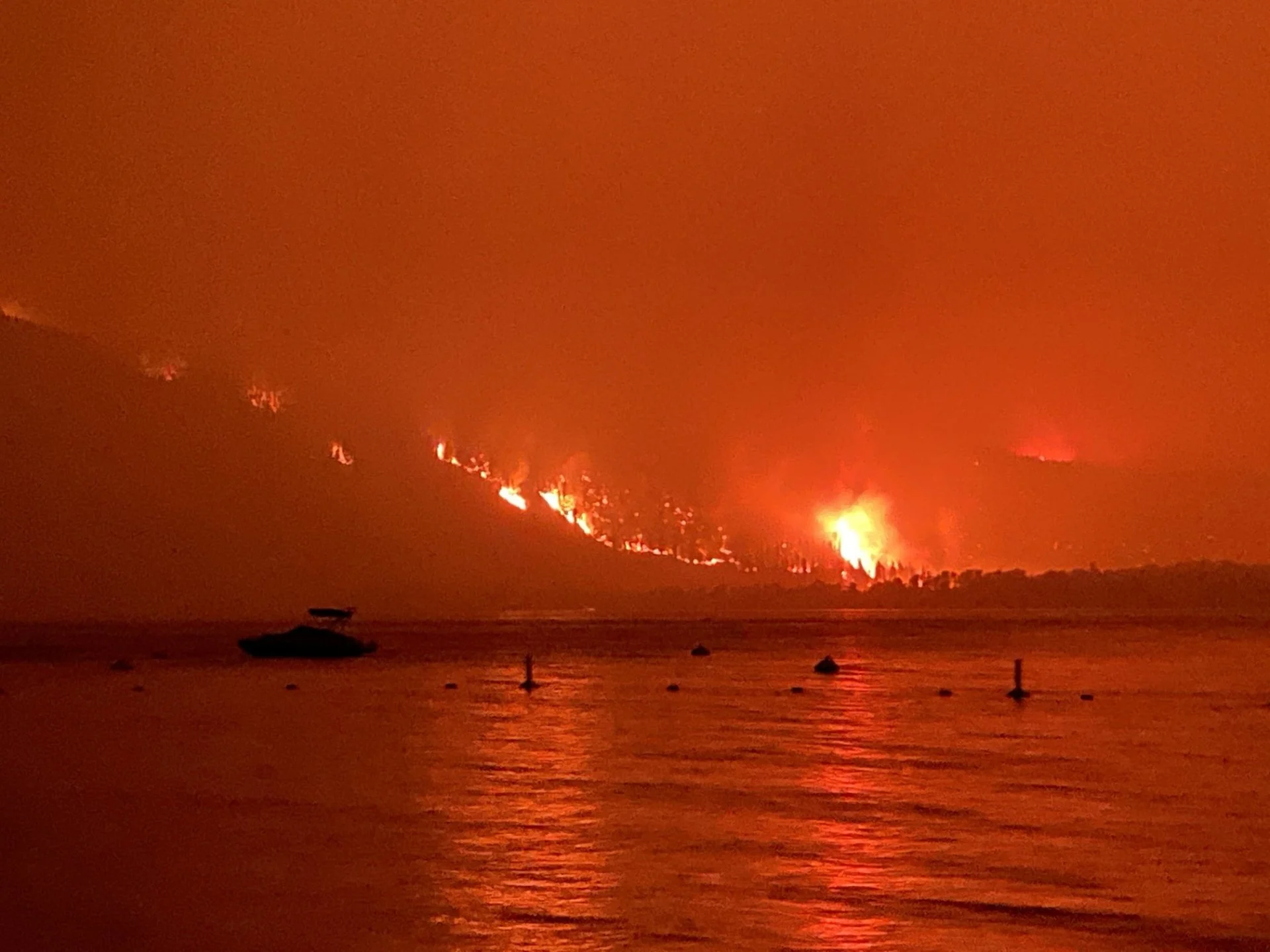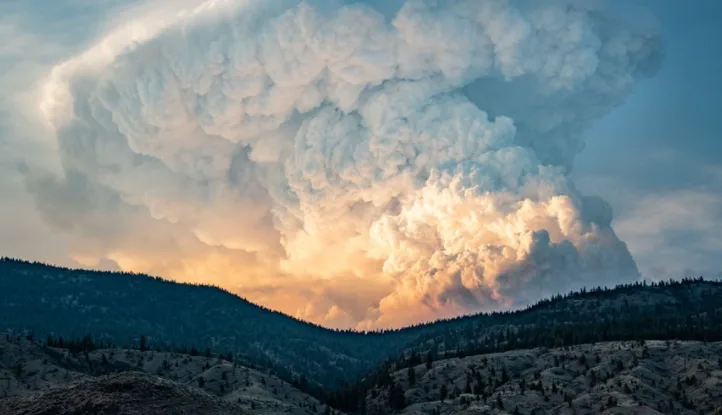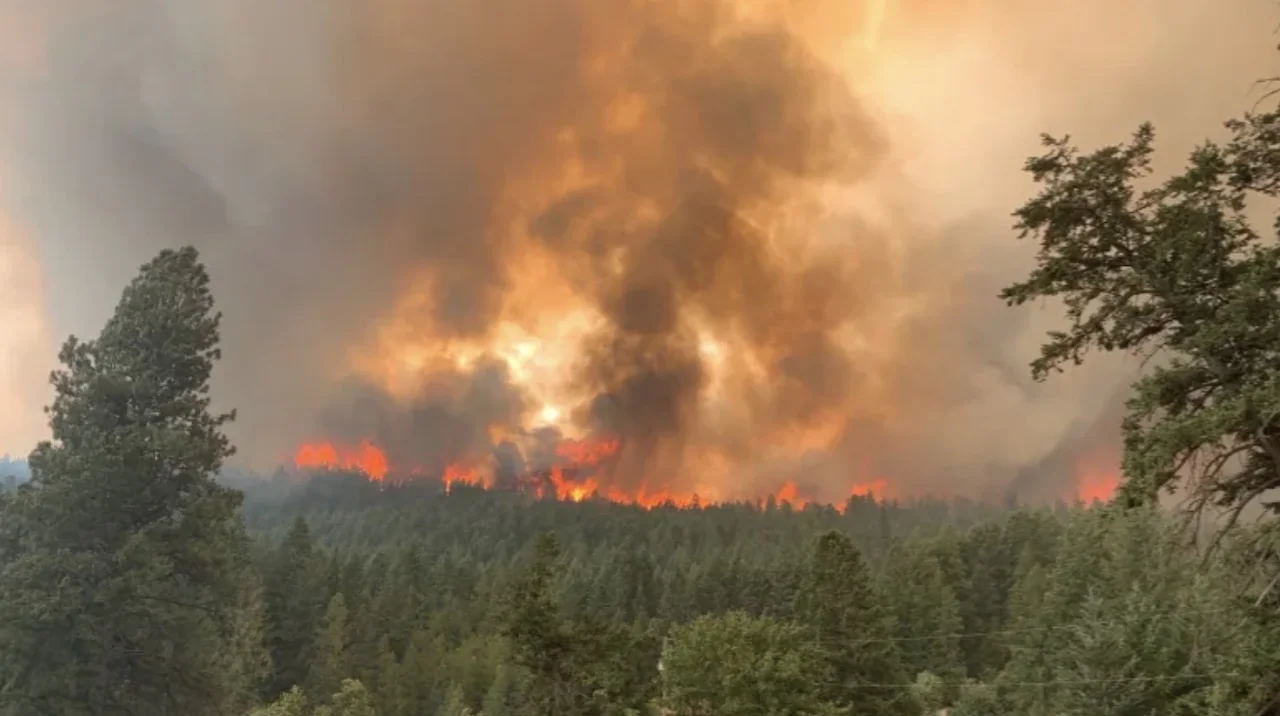
Wildfire terms every Canadian should be familiar with
A key part of staying safe is being informed, and that includes learning the lingo associated with wildfires.
Wildfires are common occurrences in Canada during the spring and summer, but many people may not understand the technical terms associated with them that are often mentioned in media coverage.
They are a key part of staying informed to help stay safe through the wildfire season.
CANADA'S WILDFIRES: Visit The Weather Network's wildfire hub to keep up with the latest on the active start to wildfire season across Canada.
Below is just a selection of the terms often used when talking about wildfires.
Fire danger, a helpful part of the terminology, encompasses numerous weather variables such as temperature, relative humidity, wind speeds and precipitation over the previous 24 hours to describe how dry the forest is and the current threat level, says Lori Daniels, a University of British Columbia (UBC) forestry professor and wildfire expert, in a 2022 interview with The Weather Network.

(Jaclyn Whittal/The Weather Network)
“So when fire danger is high to extreme, then we want to be really careful not to be contributing to accidental ignitions. In many places, you may find there are restrictions like you’re not allowed to have a campfire because the risk of a wildfire starting is so high," said Daniels.
Pyrocumulus: A wildfire-generated cumulus cloud. In particularly unstable environments, they can grow to great heights, generating lightning, and even rain and hail. At this point they become pyrocumulonimbus clouds.

(Kyle Brittain/The Weather Network)
Wildfire status:
Out-of-control (OC): A newly started wildfire where no action has yet been taken to suppress it, and/or a blaze where the fire is not responding to fire suppression efforts
Being held (BH): A wildfire that is responding to fire suppression efforts by the resources currently being committed to the fire and/or isn't expected to burn beyond pre-determined boundaries
Under control (UC): Enough fire suppression action has been taken to ensure no further spread
Extinguished/out (EO): The wildfire is completely out, having been confirmed on the ground by crews who have combed the entire burn

(BC Wildfire Service)
Crossover: A term wildland firefighters use that usually denotes favourable fire weather, which occurs when the relative humidity becomes lower than the air temperature.
Fire types:
Ground fire -- a fire burning underground
Surface fire -- a low-intensity fire moving along the ground that can burn grass, shrubs and small trees
Crown fire -- a very intense fire, consuming tons of biomass as it burns along and through the upper canopy of the forest. Crown fires can be intermittent or continuous. Individual trees can go up in flame, too, which is called candling or torching
A crown fire can spread from treetop to treetop, and causes more damage to the forest by generating more energy, making it a "higher intensity and severity burn," Daniels noted.
Spring dip: A period of time in spring when trees have low foliar moisture content. This means trees and their foliage (coniferous trees) are drier and burn more easily. Some regions in Canada, such as in boreal forest areas (northern Alberta, for example), often see their peak annual wildfire activity in May.
SEE ALSO: Everyone needs a home emergency kit. Here's what to stock yours with
Wildland urban interface (WUI): An area where human development is mixed with wildlands, such as heavily forested urban areas. Blazes that occur here are usually high impact, and are called interface fires.
In addition to these terms, the BC Wildfire Service has a glossary of related phrases people can familiarize themselves with.
Among them is a prescribed/controlled fire. This is a knowledgeable and controlled application of fire to a specific area to accomplish planned resource management objectives. It is one of the most ecologically appropriate and relatively efficient means for obtaining planned public safety and resource management objectives, for example, to enhance a habitat, prepare an area for tree planting or for disease eradication.
Prescribed or controlled fires can be quite helpful for the environment. They are typically executed in various ways.
They involve mitigating fuels, ecological restoration or a cultural application of fire by Indigenous communities, Daniels said, noting they often happen in the spring or the fall under cool, wet conditions.
LIVING IN A WILDFIRE ZONE? HERE’S WHAT TO PACK IN YOUR GRAB AND GO BAG
"They are described as the good fire, fire that gives us surface back on the landscape and gives us diversity in ecosystem composition, structure and function. [It] allows fire to be part of the ecosystem as it historically did function," said Daniels.
Another prescribed burn is commonly used during the heat of the summer, particularly during wildfire season: Backfire or burns instigated during a blaze, she said.
As well, Daniels noted that a third prescribed burn occurs after fuel mitigation with lots of biomass generated, including small trees, shrubs, branches or treetops. They can be put into small or large piles, and then officials wait for cool or wet conditions to light them on fire, consuming the fuel to avoid an accidental contribution to a future wildfire.
With files from Kyle Brittain, a former video journalist at The Weather Network.
Thumbnail courtesy of BC Wildfire Service/Twitter, depicting the White Rock Lake blaze on Aug. 4, 2021.
Follow Nathan Howes on X, formerly known as Twitter.











